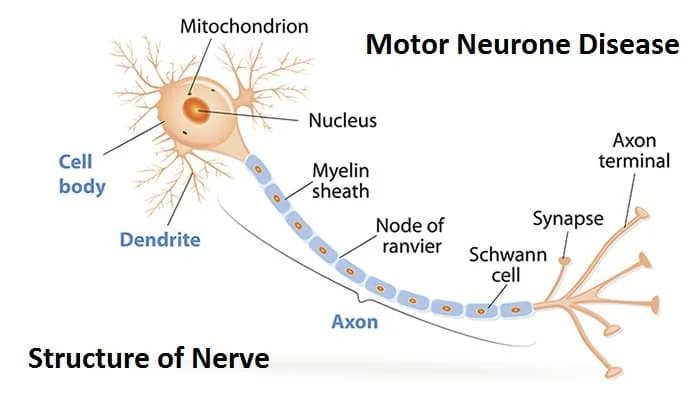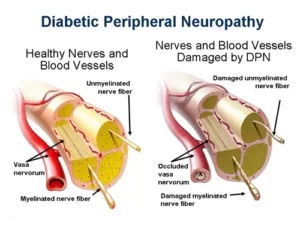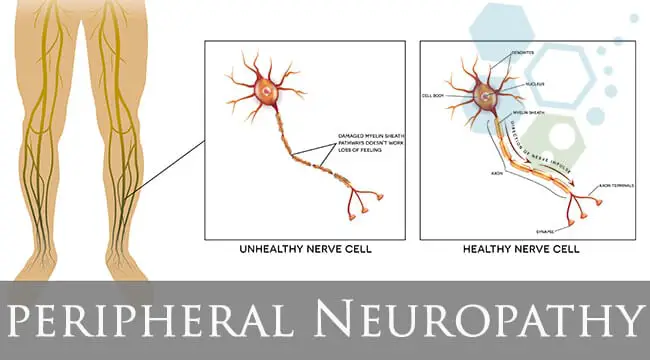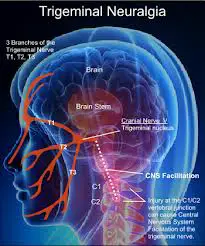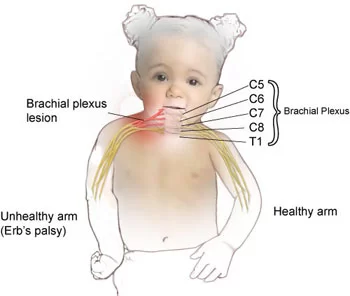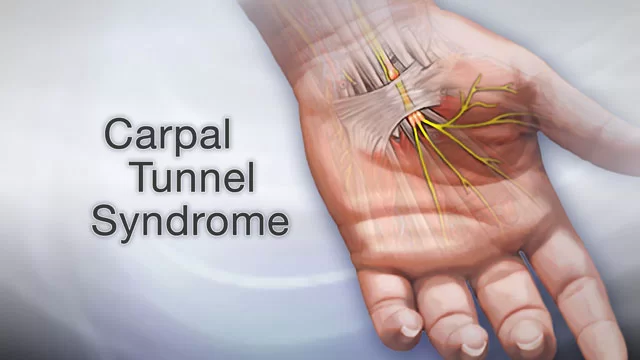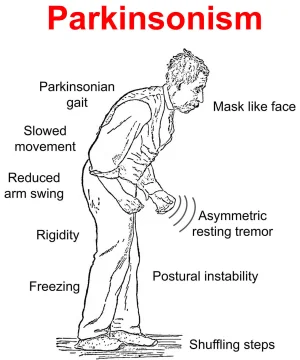Motor Neurone Disease (MND)
What is a Motor Neurone Disease (MND)? Motor neurone diseases (MND) are a group of conditions that cause the nerves in the spine and brain to progressively lose function. They are a rare but serious and incurable form of progressive neurodegeneration. Motor neurons are nerve cells that send electrical output signals to the muscles, affecting…

